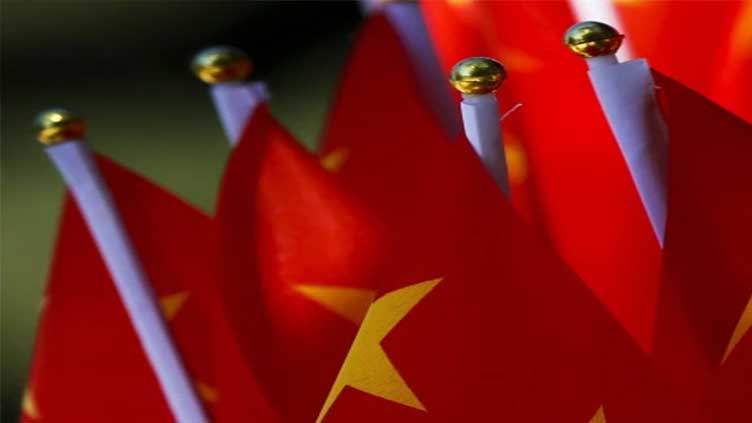Chinese and Philippine vessels collide at a disputed atoll and governments trade accusations

World
Chinese and Philippine vessels collide at a disputed atoll and governments trade accusations
TAIPEI, Taiwan (AP) — China and the Philippines accused each other of causing a collision between their two vessels Saturday in the latest flareup of tensions over disputed waters and maritime features in the South China Sea.
In a statement posted on social media, Chinese coast guard spokesperson Liu Dejun was quoted as saying that a Philippine ship maneuvered and “deliberately collided” with a Chinese coast guard ship “in an unprofessional and dangerous manner.”
Philippine officials in Manila said it was their coast guard ship, the BRP Teresa Magbanua, that was rammed thrice by the Chinese coast guard without any provocation, causing damage to the Philippine vessel.
It was the second confrontation in days near Sabina Shoal, about 140 kilometers (85 miles) west of the Philippine province of Palawan, in the internationally recognized exclusive economic zone of the Philippines.
The Philippine ship, the Magbanua, has been anchored in Sabina since mid-April after Manila suspected that China may construct a structure to seize the uninhabited atoll. China harbored the same suspicions and recently filed a diplomatic protest against the Philippines due to the ship’s prolonged presence at the shoal.
China is rapidly expanding its military and has become increasingly assertive in pursuing its claim to virtually the entire South China Sea, which is crucial to international trade. The tensions have led to more frequent confrontations, primarily with the Philippines, and could drag in with the United States, which is bound by a treaty to defend the Philippines. The longtime territorial disputes also involve other claimants including Vietnam, Taiwan, Malaysia and Brunei.
China has rejected a ruling by a U.N.-backed arbitration panel that negated almost all of its historically based claims in the South China Sea.
Commodore Jay Tarriela of the Philippine coast guard said in a news briefing in Manila that the Magbanua had dropped its anchor again and would not withdraw from Sabina Shoal “despite the harassment, bullying activities and escalatory action of the Chinese coast guard.”
Video released by the Philippine coast guard appeared to show the Magbanua being rammed by a Chinese coast guard ship.
The United States condemned “the multiple dangerous violations of international law by the PRC (People’s Republic of China), including today’s intentional ramming of the BRP Teresa Magbanua while it was conducting lawful operations within the Philippines’ Exclusive Economic Zone.”
“We stand with the Philippines in upholding international law,” U.S. Ambassador to Manila MaryKay Carlson said in a statement she posted on X.
The United States has repeatedly warned that it’s obligated to defend the Philippines if Filipino forces come under an armed attack in the South China Sea.
On Tuesday, Adm. Samuel Paparo, the head of U.S. Indo-Pacific Command, said the U.S. military is open to consultations about escorting Philippine ships in the disputed waters.
China’s coast guard, navy and accompanying ships regularly clash with Philippine vessels during attempts to resupply Filipino sailors stationed in parts of the South China Sea claimed by both countries. As the confrontations become increasingly hostile, resulting in injuries to Filipino sailors and damage to their ships, the Philippine government has faced questions about invoking the treaty alliance with Washington.
Sabina Shoal is near Second Thomas Shoal, another flashpoint where China has hampered the resupply of Philippine forces. Both countries reached an agreement last month to prevent further confrontations at the shoal.
Also Saturday, Japan lodged a formal protest via China’s embassy against what it called an incursion by a Chinese survey ship into its territorial waters. The latest such incident fueled unease among Japanese defense officials, already concerned about the growing military cooperation between the Chinese and Russian air forces.
On Monday, Tokyo also protested a Chinese military aircraft briefly entering Japan’s southwestern airspace. Chinese foreign ministry spokesperson Lin Jian said on Tuesday his country had “no intention” to violate any country’s airspace.



